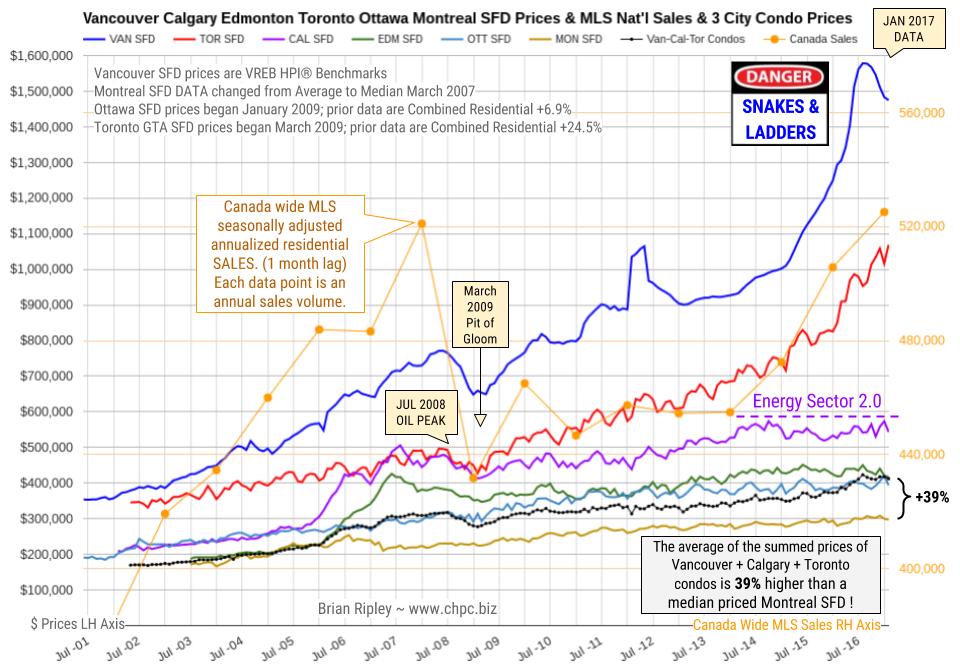Real Estate
 A Los Angeles spec house is on the market. It has seven bedrooms and 20,000 square feet of living space.
A Los Angeles spec house is on the market. It has seven bedrooms and 20,000 square feet of living space.
It comes with a gold Lamborghini Aventador and a gold Rolls-Royce Dawn.
You also get a wine cellar, a pool, and the usual claptrap amenities to which rich people are easy prey.
The price? A hundred million dollars.
Oh, and it comes with some of Damien Hirst’s oeuvres, considered by some to be “art.”
The builder says he has another one under construction in Bel-Air that he plans to offer for $500 million.
Bombastic Extravagance
What do we make of this?
Who knows? But you don’t get this kind of bombastic extravagance at the bottom of a boom/bust cycle. You get it at the top.
The risk of a crash and/or recession has been with us for years. But it seems to be intensifying.
Real estate indexes show prices back to their 2006 all-time highs. House flipping, too, is almost back where it was at the peak, with about 6% of sales attributed to flippers compared to about 7% in 2006.
For old commercial space, the picture is darkening fast. Bloomberg:
A tidal wave of store closures is about to hit the U.S., and the result could be catastrophic for hundreds of lower-tier shopping malls.
J.C. Penney announced Friday that it would close up to 140 stores in the next couple months.
That follows decisions by Macy’s and Sears to close a collective 218 stores in the first half of the year. Other mall-based stores including American Apparel, The Limited, Bebe, BCBG, and Payless have also recently announced that they are shutting down all or most of their stores.
Or take a look at the CAPE ratio for the S&P 500. It looks at stock prices relative to the average of the past 10 years of inflation-adjusted earnings to “smooth out” year-to-year fluctuations in earnings.
By this measure, stocks have only been more expensive in 1929, 1999, and 2007 – all before major crashes.
There is particular extravagance in the tech market, where Fortune magazine counted 175 “unicorns” – unproven new companies said to be worth more than $1 billion – in 2016.
One of them is appropriately named Farfetch. It is a London-based website hosting, well, clothes.
According to The Economist, “Farfetch emphasises its bricks and mortar boutique roots,” allowing independent retailers to “keep their identity, while boosting their position in the market.”
It has never earned a dime…
Bad Outlook
Meanwhile… S&P 500 profits have been going down for the last five consecutive quarters and are now lower than they were four years ago.
And the outlook is bad. Whatever gains might be anticipated by lower business taxes will almost surely be overshadowed by higher labor costs and squeezed margins.
In some industries – like agriculture and construction – undocumented immigrants do more than 10% of the work.
Farmers will be especially hard hit. Their exports will be trimmed by a stronger dollar and retaliatory trade barriers. And their costs will rise as the lowest-cost labor disappears.
The number of hours worked is going down, too. So are real wages.
Half of Americans are already living paycheck to paycheck. With smaller paychecks, they will have to cut back spending fast.
Auto loan delinquencies are higher than they’ve been since 2008. Used car prices are 10% below their level three years ago.
New car sales are stalled. Dealers have increased discounts by more than 20% in the last year.
Desperation Sign
Another sign of desperation: People with bad credit are signing up for more credit cards. This from the Fed:
Nearly half of all card closures in 2010 and 2011 belonged to borrowers with credit scores of 660 and below [with anything below 660 raising red flags], although they comprise only 33% of card borrowers. Reversing the sharp net decline in the number of credit cards during 2008-10… in recent years, the level of new card issuance to this group has been strong and is now approaching pre-recession levels.
And for the first time in 10 years, Federal Housing Administration mortgage delinquencies are rising.
Student debt passed the $1.3 trillion mark.
Consumer bankruptcies rose last month.
The trade deficit is back to 2008 levels.
And finally, inflation is rising. Officially, it is 2.5% for the last 12 months. Other measures put it much higher. Remember, the whole system depends on low interest rates… which depend on low inflation rates.
Panic? Not yet. But here at the Diary, this is Crash Awareness Week.
Regards,
Bill
….also the latest: Ozzie Jurock’s Hot Properties

A forecast by Ozzie comes true with a 19% decline in Vancouver housing prices. The number of sales of single family dwellings is down tremendously and buyers are moving to different classes of dwellings
…..also Mike’s Goofy: Extremism Play-doh & Coloring Books


 The time and effort it takes to build up a real estate portfolio can test your will, but when you stick with it, the benefits are worthwhile.
The time and effort it takes to build up a real estate portfolio can test your will, but when you stick with it, the benefits are worthwhile.
Here is my list of the six benefits of investing in real estate:
1. The courage to walk away
….related: Canada 6-City Housing Prices Slide Off Their Highs

CLICK CHART TO ENLARGE
The chart above shows the average detached housing prices for Vancouver*, Calgary, Edmonton, Toronto*, Ottawa* and Montréal* (the six Canadian cities with over a million people each) as well as the average of the sum of Vancouver, Calgary and Toronto condo (apartment) prices on the left axis. On the right axis is the seasonally adjusted annualized rate (SAAR) of MLS® Residential Sales across Canada (one month lag).
In January 2017 Canada’s big city metro SFD prices coiled about or slid off their near term highs except in Toronto where detached houses and town houses fetched new peak prices. Anyone owning a house in the scorching hot Toronto market is sitting on an unredeemed lottery ticket. In Vancouver scorched earth ruins are beginning to appear. Notice Calgary prices are labouring under the new Energy Sector 2.0 which could be anticipating the Trumpster’s U.S. energy independence.
….related: The Canadian Real Estate Plunge-O-Meter (The Plunge-O-Meter tracks the dollar and percentage losses from the peak and projects when prices might find support.)

 “We have enough history now to distinguish the clear divergence between Vancouver (down) and Toronto (still straight up),” BMO chief economist Douglas Porter wrote in a January 24 client note, as quoted by BuzzBuzzHome.
“We have enough history now to distinguish the clear divergence between Vancouver (down) and Toronto (still straight up),” BMO chief economist Douglas Porter wrote in a January 24 client note, as quoted by BuzzBuzzHome.
Porter stated that sufficient time has passed to make a proper evaluation of these leading markets…
…related:













